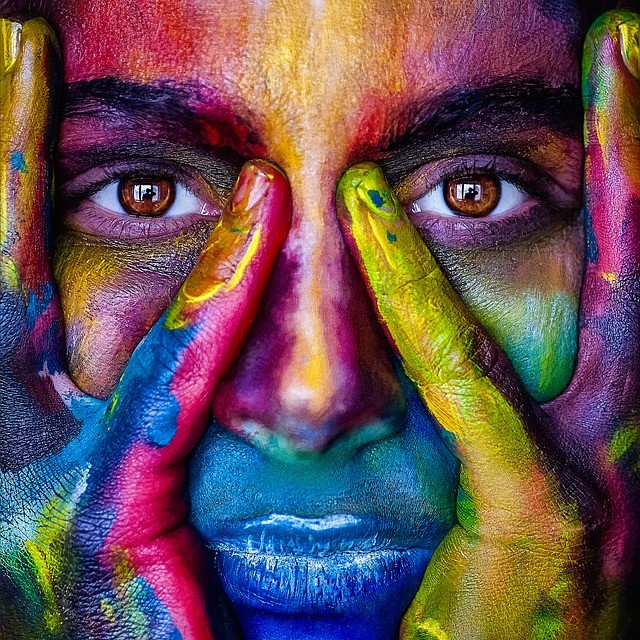Intellectual property rights came into existence as a means of safeguarding and rewarding creativity. This branch of law is of particular importance to artists. It ensures that artists receive their rightful recognition. Intellectual property law also secures the artist from unauthorized utilization and reproduction of their work and also ensures their right to receive remuneration on account of their works.
Surprisingly, the existence of intellectual property law is also perceived as a threat to art and artists by certain persons. This is especially true of contemporary art. Contemporary art is unique in the sense that contemporary art is largely based on reinvention and re-characterization. Understandably, this involves borrowing from existing works in order to present a fresh interpretation of the same.
This is where the conflict arises. At what point does the right of one artist end and when does the right of another begin? While it might be suggested that the rights of the artist who wishes to borrow be curtailed, the principal objection to this solution is that it is an overly simplistic one. Virtually all art somehow borrows from a pre-existing pool of knowledge. Therefore, this is not a viable solution. Nor can the rights of the artist whose work is sought to be borrowed be ignored. This would negate the entire purpose of intellectual property law.
Can the test of substantial similarity be used here? This test would require that the degree of borrowing be examined. If the author who has borrowed from another artist has produced a work that is substantially similar to that of the preceding work, his rights should be restricted. The problem to this solution is that contemporary art- which is keen on the concept of providing new interpretations to existing works– will require substantial borrowing.
A proposed viable solution to this problem would be to examine the degree of uniqueness of the new work produced. If the work which has borrowed from another work in order to reinvent and re-characterize the concept has done so to a substantial extent, he should be allowed to do so. Each case must be decided on its own merits because formulating a rigid set of rules in the domain of art would be redundant.
The challenge posed to intellectual property law by contemporary art must be taken up and an effective solution must be provided in order to ensure that the rights of artists do not infringe each other.
You may also interested in some of the interesting topics mentioned below herein:
The Siren’s Guide to Global Coffee Domination: Business, Technology and Intellectual Property
Intellectual Property Rights Over Emojis: Transforming Expressions Into Assets
Ideas As Intellectual Property?




